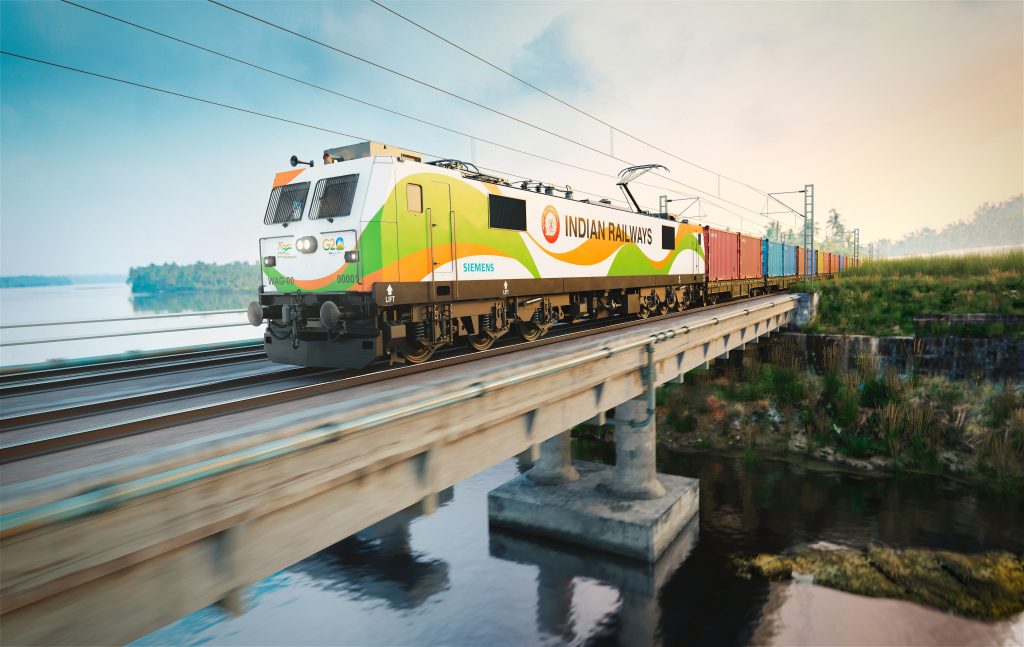 Indian Railways awarded Siemens Mobility a EUR 3 billion contract to supply 1,200 locomotives of 9,000 horsepower (HP), including full service maintenance for 35 years.
Indian Railways awarded Siemens Mobility a EUR 3 billion contract to supply 1,200 locomotives of 9,000 horsepower (HP), including full service maintenance for 35 years.
Siemens Mobility will design, manufacture, commission and test the locomotives with deliveries scheduled to take place over an 11-year period.
The locomotives will be used for freight transport throughout the Indian Railways network and are specified to haul loads of 4,500 tonnes at a maximum speed of 120 km per hour. Producing 9,000 HP, they will be one of the most powerful freight locomotives in the world. They will be equipped with advanced propulsion systems that are also produced locally in Siemens Mobility factories in India. Siemens Mobility will use the power of its Railigent platform to deliver highest availability and performance.
The locomotives will be assembled in the Indian Railways factory in Dahod, in the state of Gujarat, India. Maintenance will be performed in four Indian Railways depots located in Vishakhapatnam, Raipur, Kharagpur and Pune.
Locomotive assembly and maintenance will be implemented together with the staff of Indian Railways.
This is the single largest locomotive order in the history of Siemens Mobility and single largest order in the history of Siemens India. “We are delighted to partner with Indian Railways and deliver one of the most powerful electric locomotives available. This historic order cements a firm commitment from Indian Railways to achieve 100% electrification of rail traffic in India,” Michael Peter, CEO of Siemens Mobility said.
India’s rail transport and logistics networks are daily used by 24 million passengers on more than 22,000 trains and the Government of India plans to increase the share of railways for freight transport to 40-45% from the current approximately 27%. India is one of the few countries in the world with an almost fully electrified rail network. As one of the world’s fastest-growing markets for rail, India has clear sustainability and technology goals. Indian Railways and the Indian Government are clearly committed to invest in state-of-the-art products to reach net zero CO2 emissions by 2030.
Share on:



